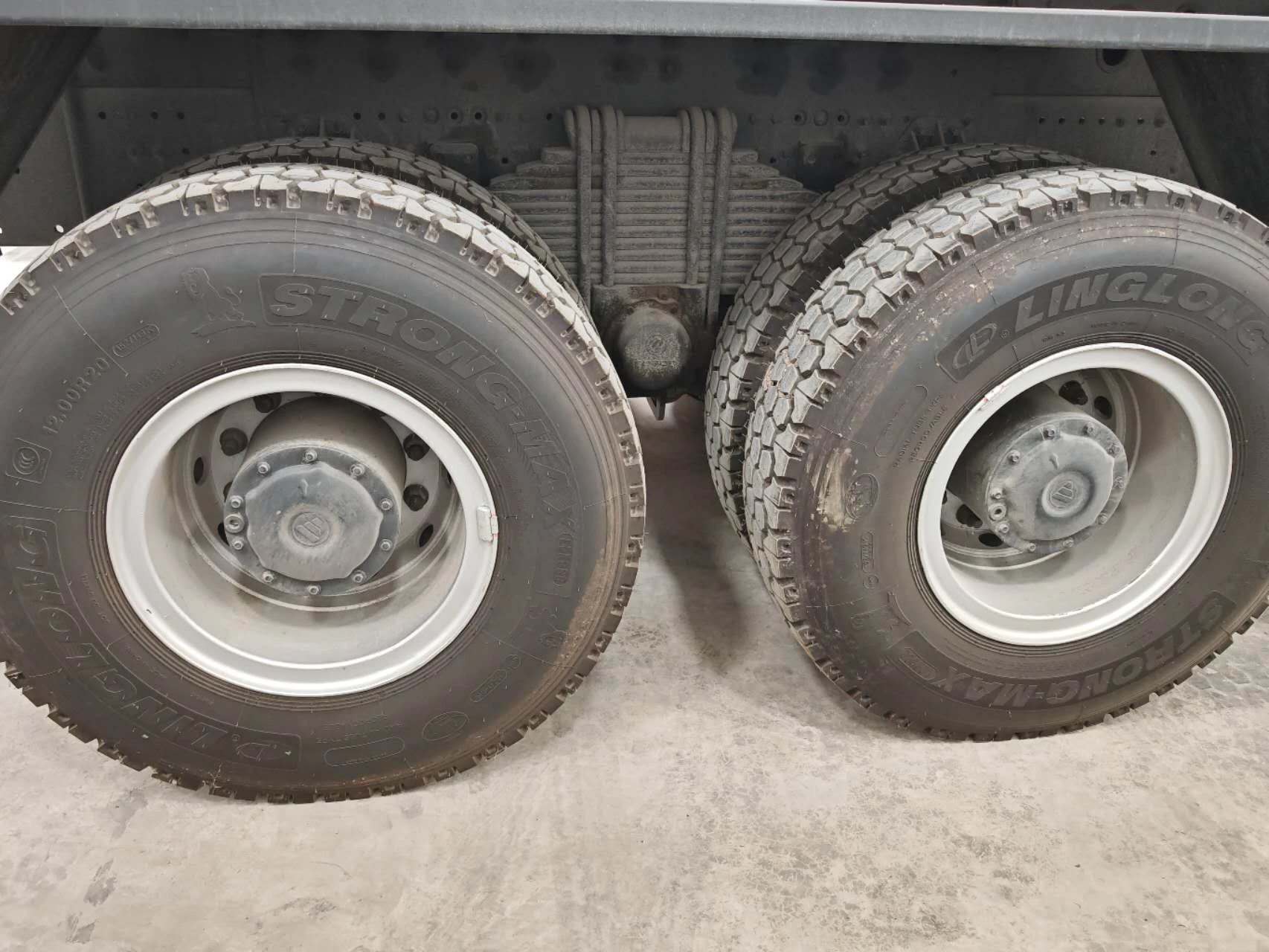Understanding Engine Liners and Their Impact on Performance and Efficiency
Understanding Engine Liners The Unsung Heroes of Engine Performance
Engine liners, often overlooked in discussions about automotive technology, play a critical role in the efficiency and longevity of internal combustion engines. These cylindrical components, typically made from cast iron or aluminum alloys, provide a smooth surface for the pistons to move against, ensuring that the engine operates smoothly and efficiently. In this article, we delve into the importance of engine liners, their types, and their impact on overall engine performance.
What Are Engine Liners?
Engine liners, also known as cylinder liners or cylinder sleeves, are fitted inside the engine block’s cylinder bores. Their primary function is to create a wear-resistant surface for the pistons and to facilitate the sealing of combustion gases. By providing a stable and consistent surface, engine liners help maintain optimal engine compression, which is crucial for performance and fuel efficiency.
Types of Engine Liners
There are primarily two types of engine liners dry liners and wet liners
.1. Dry Liners These are installed directly into the cylinder block and do not come into contact with the engine coolant. Dry liners are often used in high-performance engines since they provide a strong and stable surface that can withstand high temperatures and pressures. However, they are more challenging to replace if they wear out.
2. Wet Liners Unlike dry liners, wet liners are surrounded by engine coolant, which helps in regulating temperature. Wet liners tend to be easier to replace, making them a popular choice for engines that require frequent maintenance, such as in heavy-duty machinery and commercial vehicles. They also offer better thermal management, which can enhance engine performance and longevity.
engine liner

Importance of Proper Installation and Maintenance
The installation and maintenance of engine liners are crucial for engine performance. If an engine liner is misaligned or improperly installed, it can lead to a host of problems, including poor compression, excessive oil consumption, and increased emissions. Regular inspections can help identify wear and tear, allowing for timely replacement before significant engine damage occurs.
Performance Enhancements
Engine liners contribute to performance enhancements in various ways. First, they help maintain the correct clearance between the piston and the cylinder wall. This precision is vital for effective combustion and prevents excessive fuel consumption. Second, a high-quality liner can reduce friction between the piston and the wall, leading to improved power output and efficiency. Finally, by ensuring better thermal conductivity and stability, liners can aid in maintaining optimal engine temperature, reducing the risk of overheating under heavy loads.
The Future of Engine Liners
With the growing focus on sustainability and eco-friendly technologies, the materials and manufacturing processes for engine liners are evolving. Advances in composite materials and coatings are being explored to improve durability while reducing weight. Additionally, as electric vehicles become more prevalent, the role of engine liners will adapt, focusing on hybrid engines and supporting technologies that require innovative designs.
Conclusion
Engine liners may not be the first component that comes to mind when thinking about engine performance, but their significance cannot be overstated. They are pivotal in ensuring efficient operation, longevity, and enhanced performance of internal combustion engines. As automotive technology continues to advance, the evolution of engine liners will be vital in meeting the challenges of modern and future engines, making them a worthy subject of study for engineers and enthusiasts alike.
-
SINOTRUK HOWO 84 Electric Dump Truck for Eco-Friendly Heavy HaulingNewsJul.26,2025
-
The Fast 16-Gear Manual Transmission Assembly for Heavy TrucksNewsJul.25,2025
-
Mercedes Benz Actros 1848 42 Tractor Truck for Sale - Reliable PerformanceNewsJul.24,2025
-
High-Quality Water Pump Assembly for Sinotruk Trucks – Durable & ReliableNewsJul.23,2025
-
Premium Truck Engine Antifreeze Coolant Fluid for Heavy Duty VehiclesNewsJul.22,2025
-
FOTON View G7 Mini Bus: Affordable & Spacious TransportNewsJul.22,2025
Popular products

























